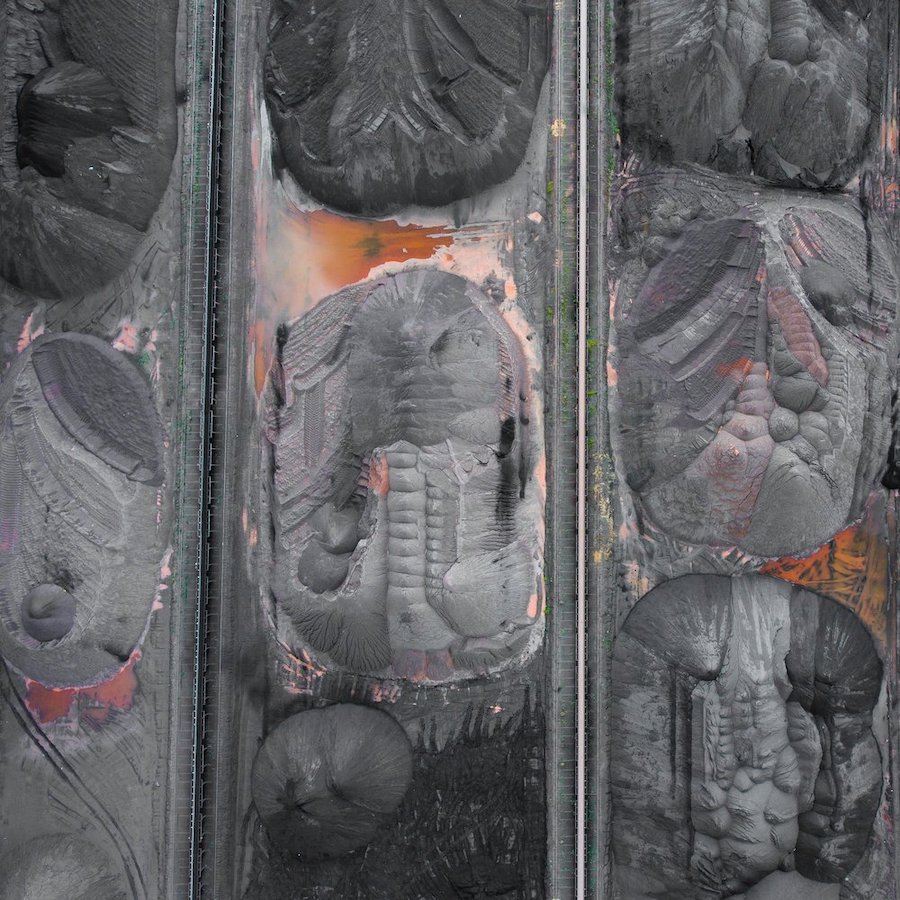In one cascade of events after another, people are finding out the normal they once knew doesn’t exist anymore. Instead it feels as if we’re living through several past crises at once, trying to cram as much historical knowledge as we can to make sense of the moment. 2020 especially feels like an echo of 1918–1919, when the “deadliest epidemic of all time,” as The Great Courses calls the “Spanish flu,” killed millions (then the U.S. devolved into a wave of racist violence.) By offering examples of both negative and positive responses, the history, sociology, and epidemiology of the 1918 flu can guide decision-making as we prepare for a second wave of COVID-19 infections.
The Great Courses started offering free resources on the coronavirus outbreak back in March, with a brief “What You Need to Know” explainer and a free lecture course on infectious diseases. After catching up on the history of epidemics, we’ll find ourselves naturally wondering why we learned little to nothing about the Spanish flu.
The three-part lecture series here, excerpted from the larger course Mysteries of the Microscopic World (available with a Free Trial to the Great Courses Plus), begins by boldly calling this historical lacuna “A Conspiracy of Silence.” Tulane professor Bruce E. Fleury quotes Alfred Crosby, who writes in America’s Forgotten Pandemic, “the important and almost incomprehensible fact about the Spanish influenza, is that it killed millions upon millions of people in a year or less… and yet, it has never inspired awe, not in 1918 and not since.”
Epidemic diseases that have had tremendous impact in the past have become the subject of literary epics. Few epidemics have accomplished mass death “through sheer brute force” like the 1918 flu. The numbers are truly staggering, in the tens to hundreds of millions worldwide, with U.S. deaths dwarfing the combined casualties of all the country’s major wars. Yet there are only a few mentions of the flu in American literature from the time. Fleury mentions some reasons for the amnesia: WWI “took center stage,” survivors were too traumatized to want to remember. We may still wonder why we should look back over 100 years ago and learn about the past when current events are so all-consuming.
“History compels us not to look away,” professor Fleury says, “lest we fail to learn the lessons paid for by our parents and our grandparents.” Faulkner, it seems, was right that the past is never past. But we need not respond in the same failed ways each time. The ability to study and learn from history gives us critical perspective in perilous, uncertain times.
Sign up here for a free trial to the Great Courses Plus now rebranded as Wondrium.
Related Content:
Spanish Flu: A Warning from History
Louis Armstrong Remembers How He Survived the 1918 Flu Epidemic in New Orleans
Josh Jones is a writer and musician based in Durham, NC. Follow him at @jdmagness




